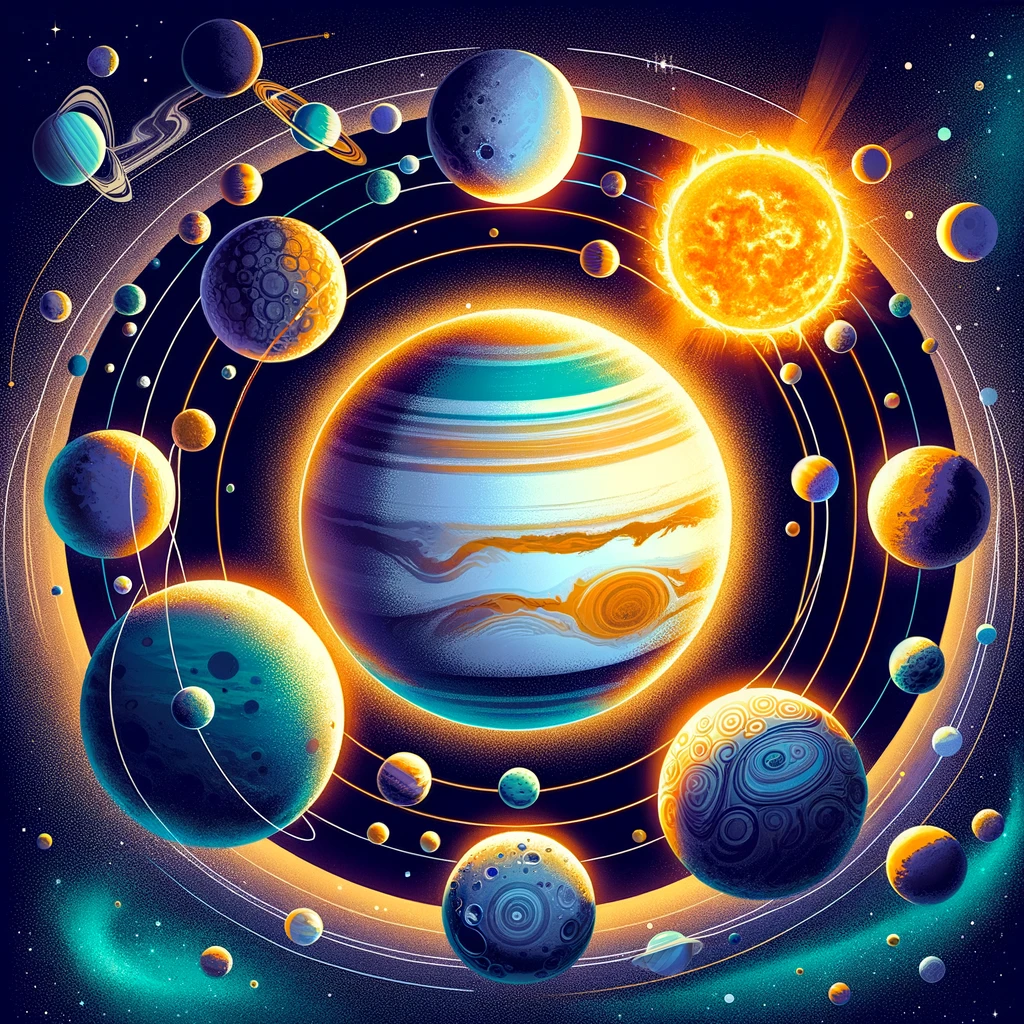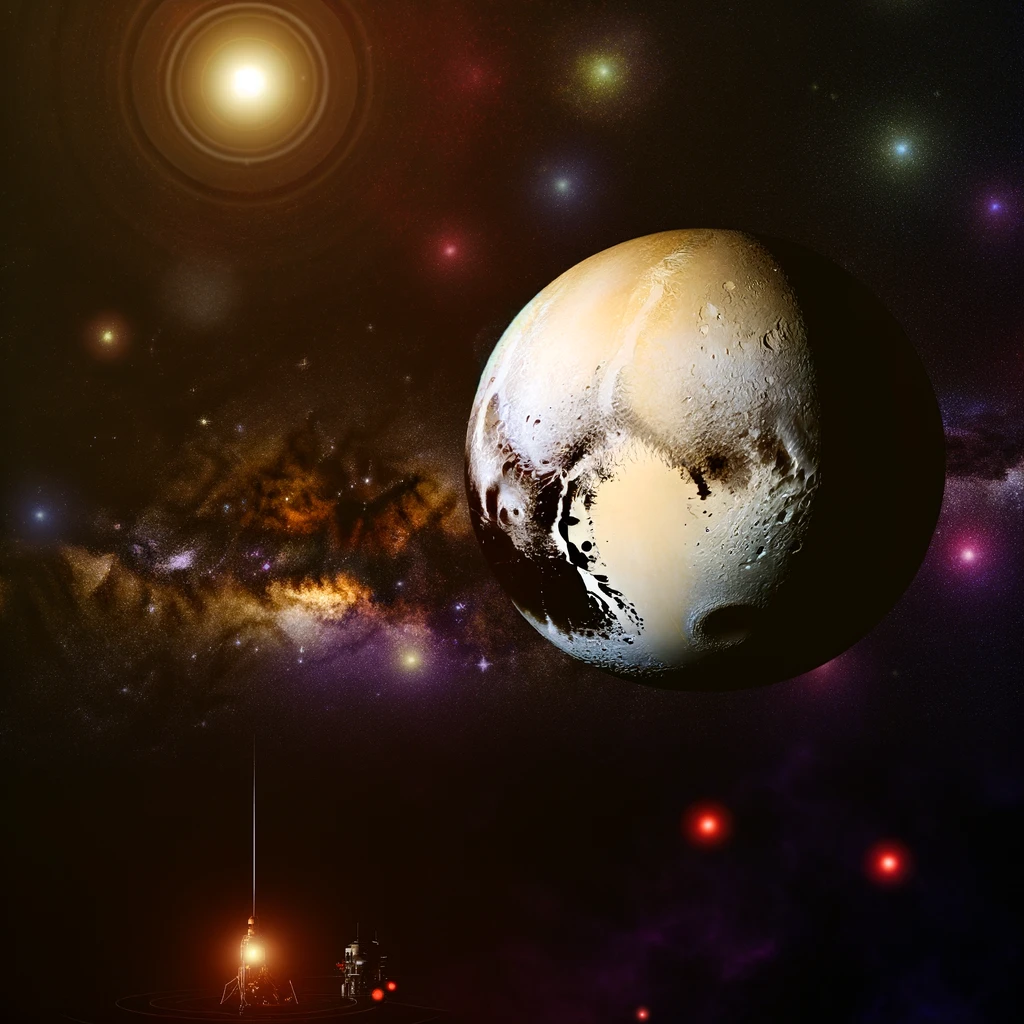What is a Dwarf Planet short answer? A dwarf planet is a celestial body that orbits the sun and has sufficient mass for its self-gravity to overcome rigid body forces so that it assumes a nearly round shape, but it has not cleared its neighboring region of other objects. Unlike full-fledged planets, dwarf planets share their orbital zones with other bodies of similar size. This definition was formalized by the International Astronomical Union (IAU) in 2006, leading to the reclassification of Pluto, once considered the ninth planet of our solar system, as a dwarf planet.
Understanding Dwarf Planets
The concept of a dwarf planet was introduced to address the discoveries of several objects in the solar system that are similar in size to Pluto but do not dominate their orbits around the Sun. Dwarf planets are primarily found in the Kuiper Belt – a region beyond Neptune filled with small solar system bodies – and the asteroid belt between Mars and Jupiter. The most well-known dwarf planets include Pluto, Eris, Haumea, Makemake, and Ceres, the latter being located in the asteroid belt and the others in the Kuiper Belt.

Criteria for Classification
The IAU’s definition of a dwarf planet includes three criteria:
- It orbits the sun.
- It has sufficient mass for its self-gravity to achieve a nearly round shape.
- It has not cleared the neighborhood around its orbit of other objects.
This classification is significant because it distinguishes dwarf planets from the eight “classical” planets of the solar system, which have cleared their orbits of other debris, and from smaller solar system bodies like asteroids and comets.
Significance of Dwarf Planets
Dwarf planets hold great scientific interest because they are thought to be remnants from the early solar system. Studying them can provide valuable insights into the processes that led to the formation of the solar system. For instance, Pluto’s complex surface, with its mountains, plains, and possible subsurface ocean, offers clues about geological and possibly hydrological processes that were previously thought to be exclusive to planets.
Exploration and Discovery
he exploration and discovery of dwarf planets represent one of the most thrilling chapters in the annals of astronomy, marking a journey that extends beyond our immediate celestial neighborhood into the vast, uncharted frontiers of our solar system. This voyage of discovery is not just about pinpointing new worlds; it’s an endeavor that challenges our understanding of planetary formation, evolution, and the dynamic processes that govern our cosmic surroundings.
The Dawn of Dwarf Planet Exploration
The story of dwarf planet exploration begins with the discovery of Ceres by Giuseppe Piazzi in 1801. Initially classified as a planet and later reclassified as an asteroid, Ceres was the first object discovered in the asteroid belt. The narrative took a significant turn in 1930 with the discovery of Pluto by Clyde Tombaugh. For decades, Pluto stood as the ninth planet in our solar system until the discovery of similar-sized objects in the Kuiper Belt—such as Eris in 2005—prompted a reevaluation of what constitutes a planet.
The Role of Technology in Discovery
Advancements in telescope technology and space exploration have been crucial in the discovery and study of dwarf planets. The Hubble Space Telescope, along with ground-based telescopes equipped with adaptive optics, has allowed astronomers to peer deeper into the Kuiper Belt and beyond, identifying potential dwarf planets with increasing accuracy and detail. Moreover, missions like NASA’s New Horizons, which flew by Pluto in 2015, have provided invaluable data on the composition, atmosphere, and moons of dwarf planets, offering insights that were once thought impossible.
(Graphs illustrating the timeline of dwarf planet discoveries and missions will be placed here, showcasing the exponential growth in our knowledge and the pivotal missions that have expanded our understanding of these celestial bodies.)
The exploration of dwarf planets has profound implications for science. Each discovery adds to our knowledge of the solar system’s diversity, revealing the complexity of planetary systems and the mechanisms of planetary formation. These endeavors not only enrich our understanding of our own solar system but also inform the search for exoplanets and the potential for life in the universe.
Challenges and Controversies
The classification of dwarf planets has been subject to controversy, particularly with the reclassification of Pluto from a planet to a dwarf planet. This decision sparked debate among astronomers and the public about what constitutes a planet. Despite these debates, the category of dwarf planets has been useful for astronomers to categorize and study these intriguing objects.
Future of Dwarf Planet Exploration
The future promises further exploration of dwarf planets. Missions to these distant objects require significant planning and resources, but the scientific rewards can be substantial. By continuing to study dwarf planets, scientists hope to uncover more about our solar system’s history and the broader universe.
Dwarf planets are fascinating objects that occupy a unique niche in our understanding of the solar system. Their study not only challenges our perceptions of what makes a planet but also enriches our knowledge of the cosmos’s early days. As technology and space exploration capabilities advance, we can expect to learn even more about these mysterious bodies, further illuminating the story of our solar neighborhood.

